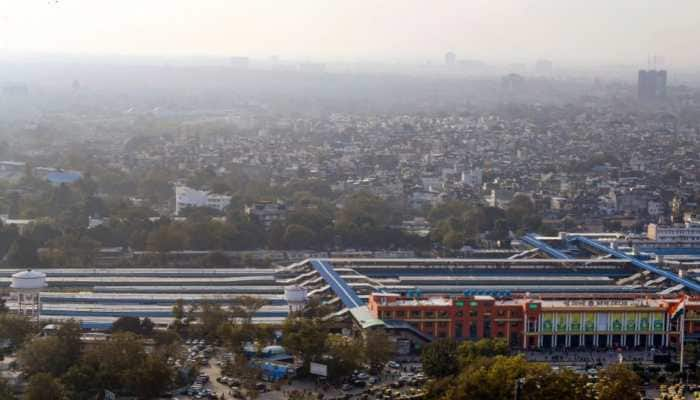Ganesh Chaturthi 2019: Significance of Ganpati Puja Samagri
In order to please the Ganpati, and make him visit your abode year-on-year, special puja is performed on Ganesh Chaturthi at home.
Trending Photos
) Pic Courtesy: Pixabay (Representational Use Only)
Pic Courtesy: Pixabay (Representational Use Only) New Delhi: Come September 2 and the whole atmosphere will reverberate with the chants of 'Ganpati Bappa Morya'! The festival of Ganeshotsav will begin from the 2nd of September this year and the festivities will continue for ten days.
Ganesh Chaturthi or Vinayaka Chaturthi celebrates the birth of Lord Ganesha. Devotees welcome Bappa to their abode, pray to him and bid him adieu with the promise to return next year.
In order to please the Ganpati, and make him visit your abode year-on-year, special puja is performed on Ganesh Chaturthi at home. But do you really know the significance of the Puja Samagri? Worry not, because we thought of giving you some insight into the items that are used during the Ganpati puja.
Red flowers
Red Coloured flowers are Lord Ganesha's favourite ones. The red hibiscus is offered to the deity as the flower is radiant and has a pleasant fragrance. Fresh flowers signify beauty, purity, softness and fragrance.
Supari - Betel Nut
Supari or Betel nut symbolises the ego that one must be offered to the gods, thereby leaving only the soft, pure qualities. It signifies our desire to receive blessings without ego.
Coconut
Also known as Shreefal - every part of the coconut is useful in some way or the other. In Ganesh Pujan, it signifies the presence of Shiva and is supposed to attract all the blessings from heaven. Breaking the coconut signifies breaking the hurdles in life and Lord Ganesha—the Vighna Vinayak and Vignaharta is worshipped for the exact same reason.
Kumkum and Sandalwood
Sindoor or kumkum is used for Ganesh Pujan for purification and protection, enhancing the inner eye. Sandalwood is known for its aroma and cooling effect and is generally applied to the forehead of Ganesha.
Mouli - Red Thread
Mouli or Kalawa is a cotton red thread which is very sacred. The thread is used as an offering of cloth to the deity. The thread is tied around a Kalash. Mouli is used in almost all Hindu sacred rituals.
21 Blades of Kusha/Durva Grass
It is a symbol of prosperity for its propensity of regeneration. The grass signifies renewal, rebirth and fertility, which Lord Ganesha also stands for.
Incense Sticks and Lamp
The incense is a fragrant offering to Lord Ganesha. The fragrance is supposed to be pleasing to God and has a purifying effect. The lamp bestows light and drives away the negative aura around the puja premises.
Modak
Modak is a sweet which is a favourite of Lord Ganesha. It has a special significance on Ganesh Chaturthi Puja. In the ceremony, one must make an offering of twenty-one Modaks to the deity.
Keep your heart, mind, body and soul immersed in the bhakti of Lord Ganesha and you shall receive his blessings.
Ganpati Bappa Morya!
Stay informed on all the latest news, real-time breaking news updates, and follow all the important headlines in india news and world News on Zee News.
Live Tv







)
)
)
)
)
)
)
)
)
)
